The Old Lady has
been contemplating a device that will adjust the angle(s) of incline of her pod-like structures or that will close the
folding units by measurements and calculation.
The drawing A represents the basic unit. It can be really really
small, if necessary. This about a structure that can open and shut to save energy, especially heat, and a structure that can
rotate on its base to make optimum use of sunlight as the seasons change or just on a whim.
One fairly large disc, shaped like a convex mirror, could serve as a
light sensor, with the sensors on the perimeter of the circle being last to sense light at peripheral points. If a computer
program is accepting signals from the disc and is programmed to instruct machinery to close structure(s) after failure of
a certain number of sensors to report sensing light and to open again when a designated number of light sensors were reporting,
the machinery would be fully automatic, involving three apparati: the sensors, the computer, the motorized machinery to fold
the structure to an open or closed position,.
The written code could instruct the machinery to move the
structure: moving it on its track, turning it on its axis, adjusting its plane or angle, or opening and closing it, in order
to catch more or fewer of the light rays, depending on whether you wanted to warm up the structure or cool it off. This is
not really about a suntan.
| Representing the base of a circular building |
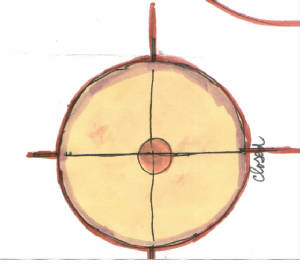
|
| Building can initially be opened at N/S or E/W |
The structure here is shown on a circular base, but it could be a rectangular
structure.
The four lines represent the horizontal and vertical tracks that extend
beyond the circular perimeter. These tracks allow for the initial separation of the structure into two parts.
A circular building on a set of tracks: The perimeter of the building
is on a round track, so that the complete unopened structure can be rotated in any amount and direction of 360 degrees.
Possible uses would be to gain as much passive solar energy and lighting advantage as possible in relation to the angle of
the sun during the day and during the changing of the seasons. In addition to the circular track, the structure can be situated on vertical and
horizontal tracks that extend beyond the perimeter of the circle, so that it can be opened and divided into half and quarter
sections. In order to move the designed structure on the vertical or horizontal tracks, the foundation of the building would
have to be raised to release it from the circular track and allow it to move on the linear tracks. The
building can be designed as a whole structure with windows on the outside placed in such a way that it can let in as much
available sunlight during the day by some rotation of the building or with solar collecting panels instead of windows in extremely
cold climates which can also collect as much sun energy as is possible. If the structure's movement on the track is
mechanized and controlled by a computer program, it would need to have imput as to each day's position of the sun as well
as each day's position in relation to the position of the sun during each day of the year. If there are windows
on the outside, the view from inside would change slightly during each day and throughout the year. A 180 degree turn would
let the other half of the building experience the lighting. Maybe, just for fun, a building "lottery" could be written into
the program so that occasionally there would be a big surprise. P.S. It is unlikely a structure could withstand
the stress of the tilt-a-whirl effect. Kids, do not try this at home.
As an emergency option for conservation of limited energy, the building
can be opened, first in half with solar collectors or windows installed on the diameter sides and again into quarters. These
two halves or four quarters could also be used for separate purposes.
| Building on a center tracks dashes - E/W or N/S |

|
| Design intended for manual or mechanized opening |
Above; the structure begins to open on the vertical track. Manual manipulation of the building
would require a relatively small structure of lightweight materials, and the main purpose of this would be for emergencies
during a power failure or lack of stored solar energy.
| Building begins to open along horizontal track. |
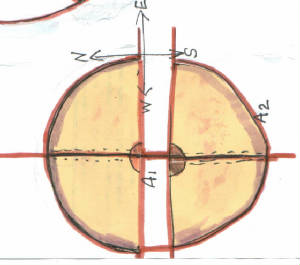
|
| Structure begins to open to a half position. |
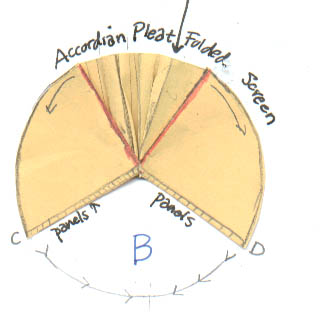
|
| Recessed Panel(s) or Accordian Fold |
In order for the building to become a half section, a portion of the structure would have to be able to fold, somewhat
like a folded paper fan or be designed as a recessed section that slides under the adjoining sides. As
the building opens, the section labeled B shows that solar panels or windows are installed where it is labeled "panels".
| Building divided - One half shown |
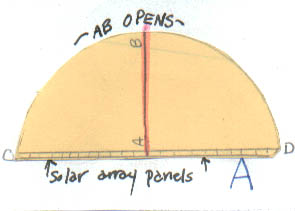
|
| Opening complete - line of solar array or windows |
Once the building is opened to the correct configuration, the structure needs to be lowered back onto the circular track and secured in
place. The other half of the building can be an identical structure or divided again into two quarters.
| Fixed on tracks, one half can be divided again. |

|
| One half begins to open into quarter sections. |
Above: This drawing needs to be flopped to show the drawn figure lined alongside the horizontal line. Also, the windows
or solar panels would appear on the outside walls, rather than on the inside as they are shown.
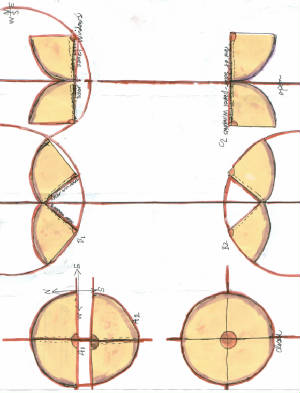
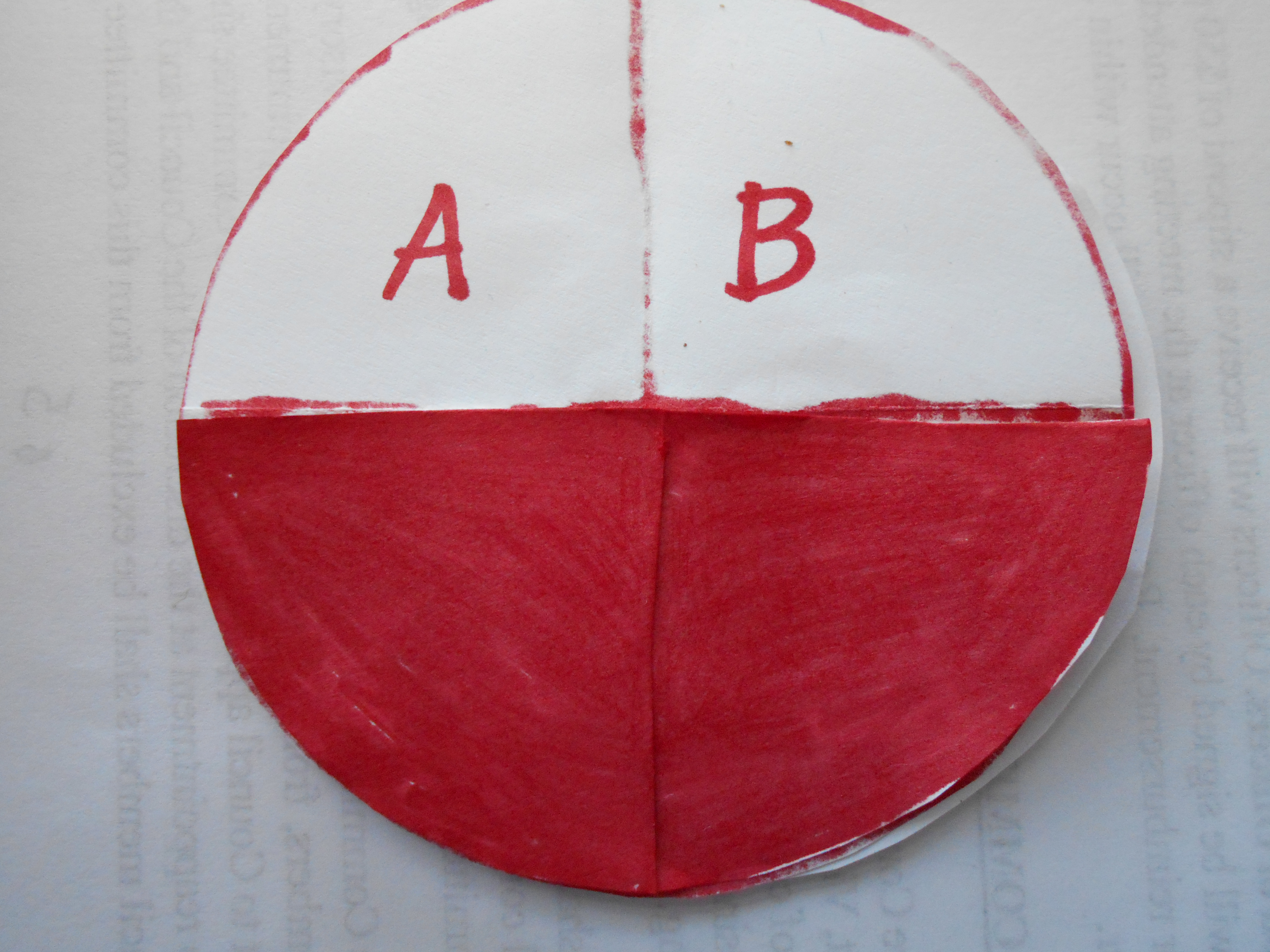
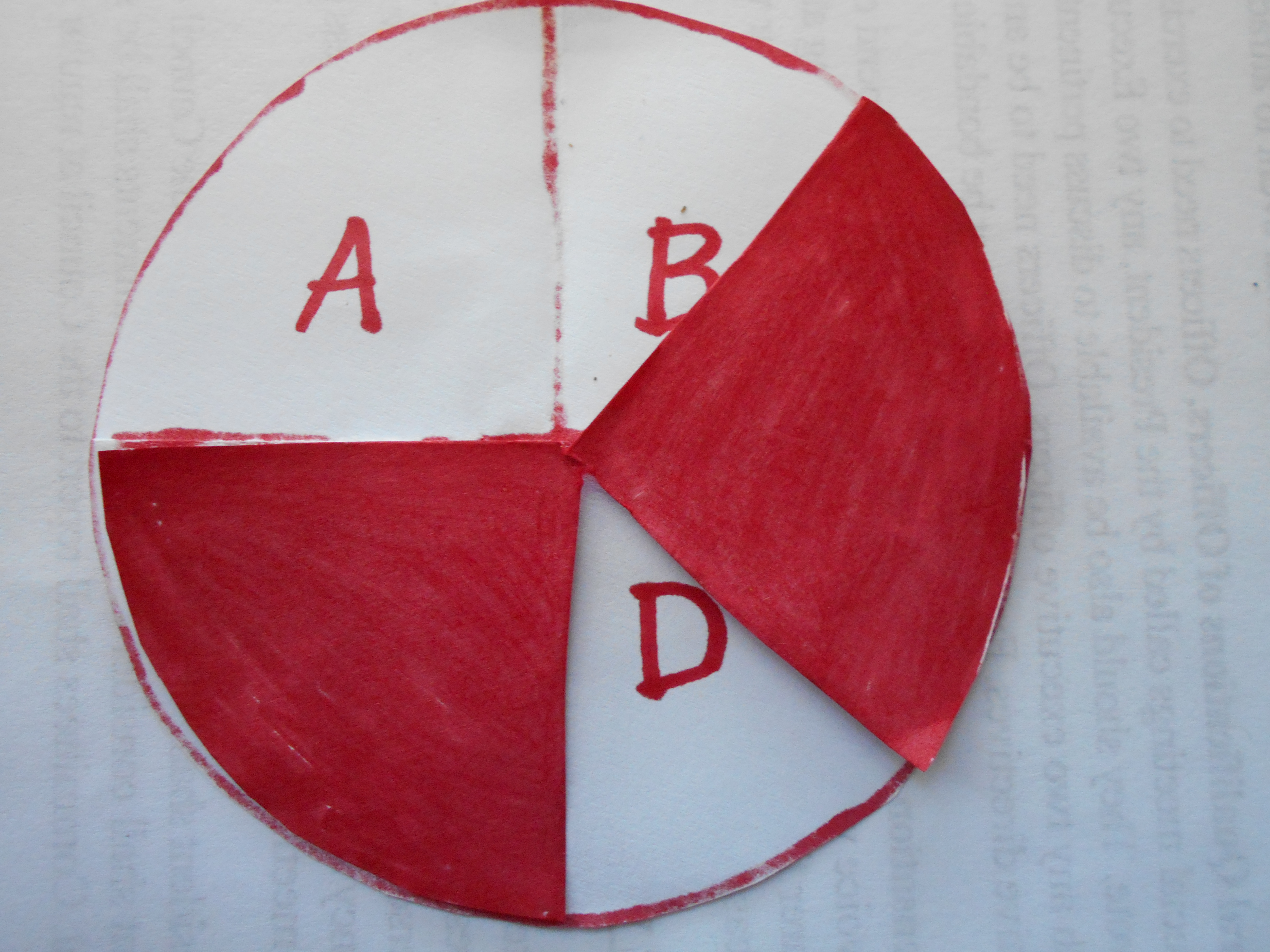
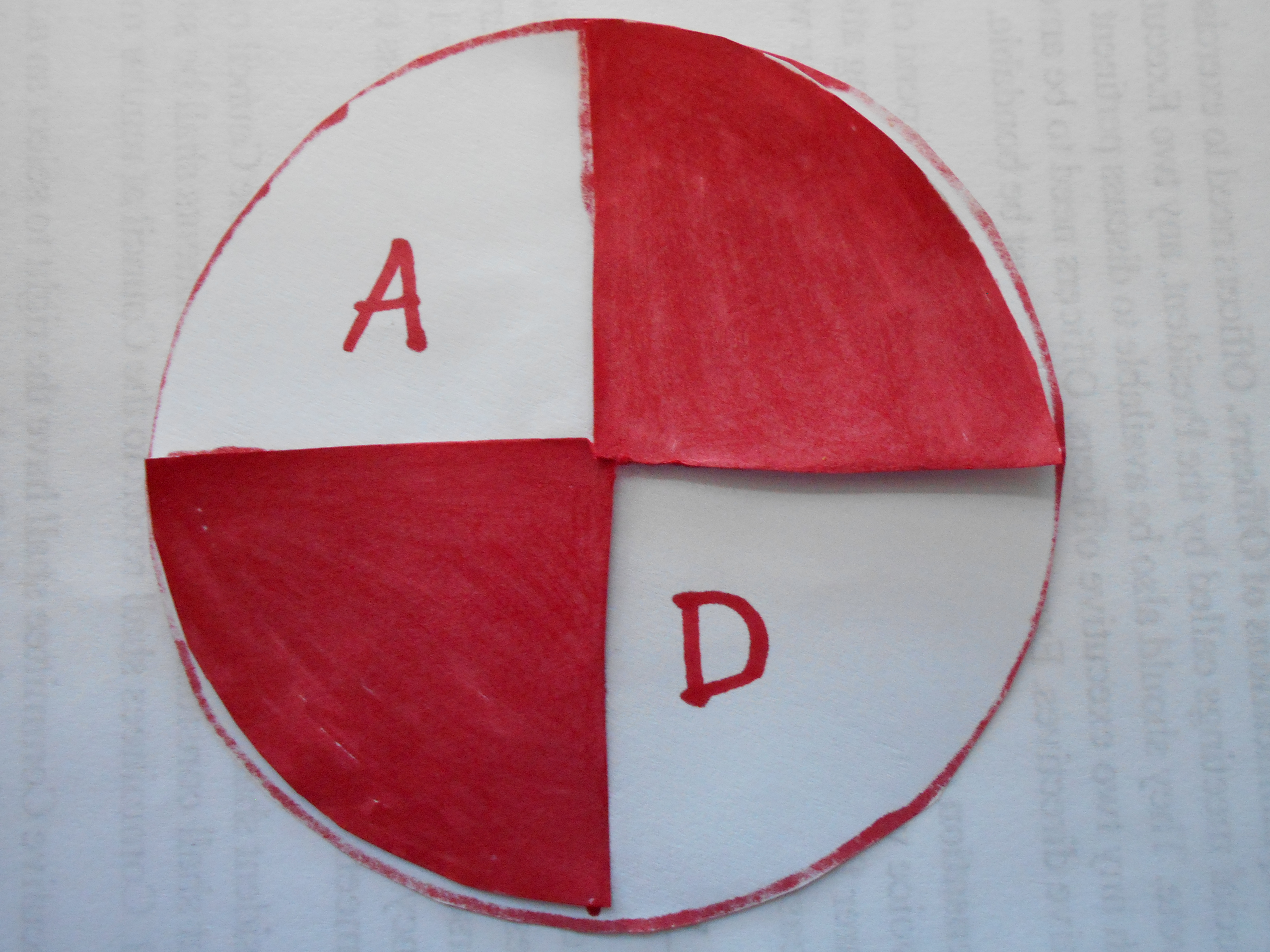



This Tiny House Rotates to Catch the Sun's rays
The Revolve House - In order to boost the solar array's efficiency, the Revolve House is based on a trailer, which in turn
sits atop a Colossun sun tracking ring that rotates the home to ensure the solar panels receive the most rays possible.
Introducing Facebook's new terrestrial connectivity systems
a tiny house
that rotates to chase the sun's rays. Portland-based PATH Architecture
has created a 144-square-foot, 12 by 12-foot (3.6 by 3.6 meter) home that sits on a Lazy Susan-like …
| Imagine these as bicycle tires. |
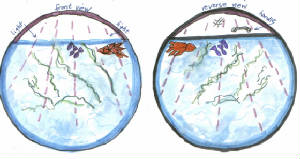
|
| Could this be gyro-stabilized as kindness to fish? |
Jyrobike: First auto-balancing bicycle unveiled
Smart tank: Time to take the fish for a walk?

Directions to Invisible City
Invisible City
Palace of Fine Arts San Francisco
|

